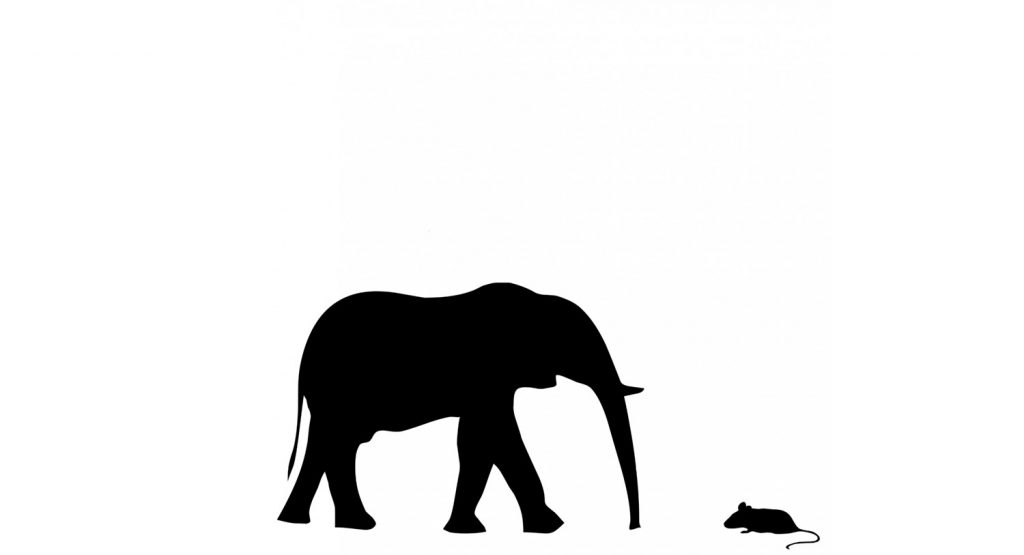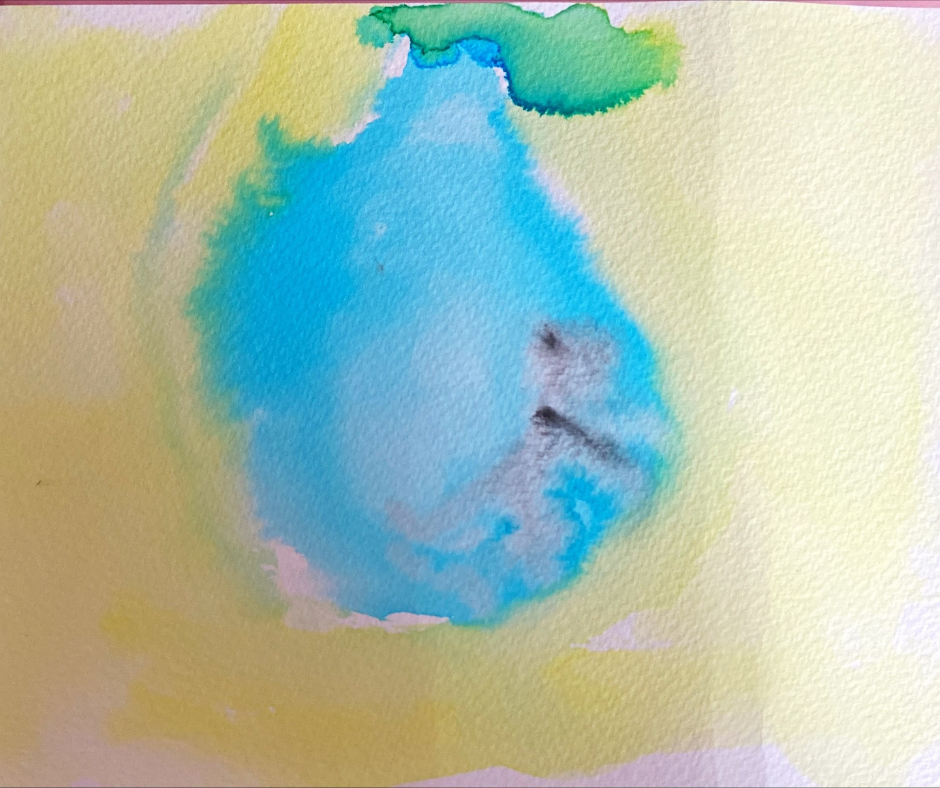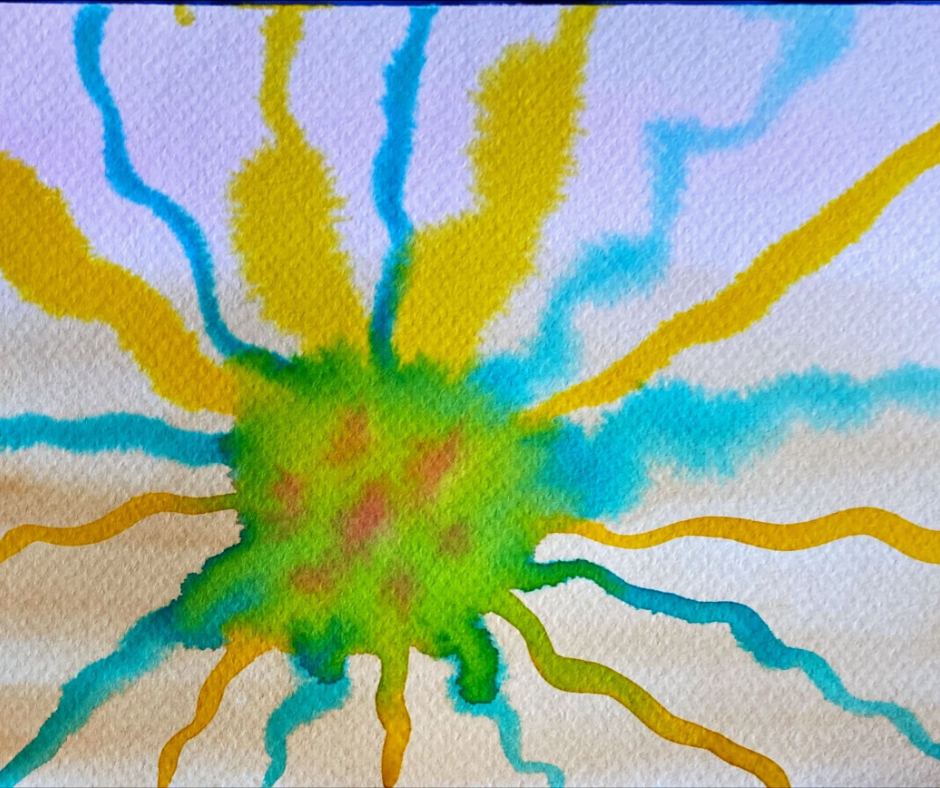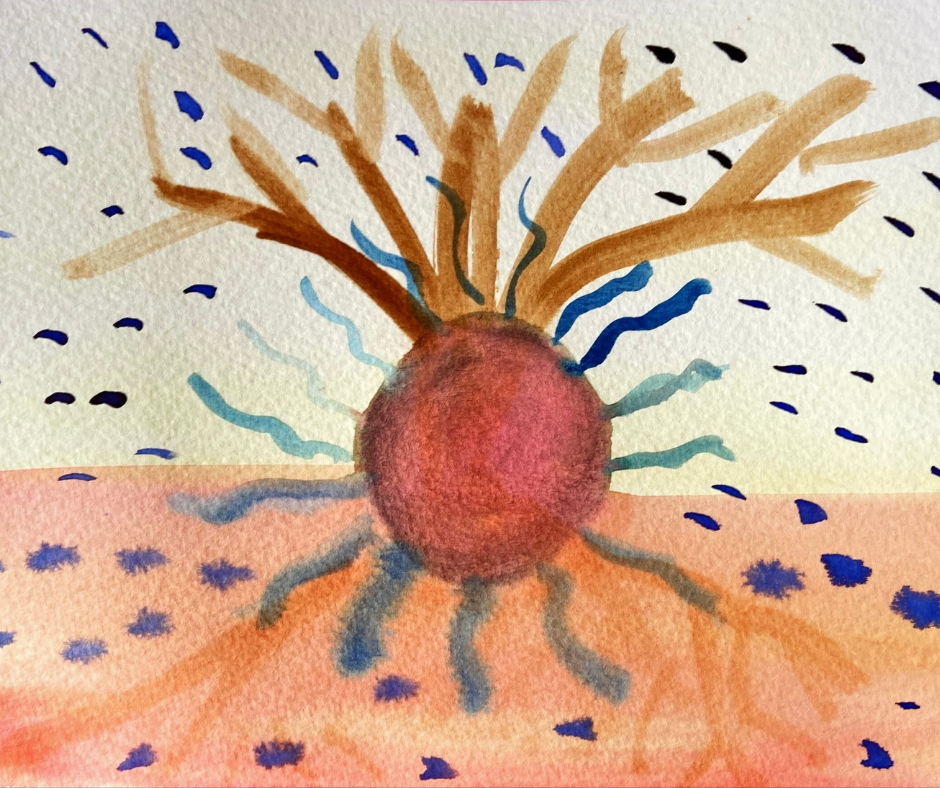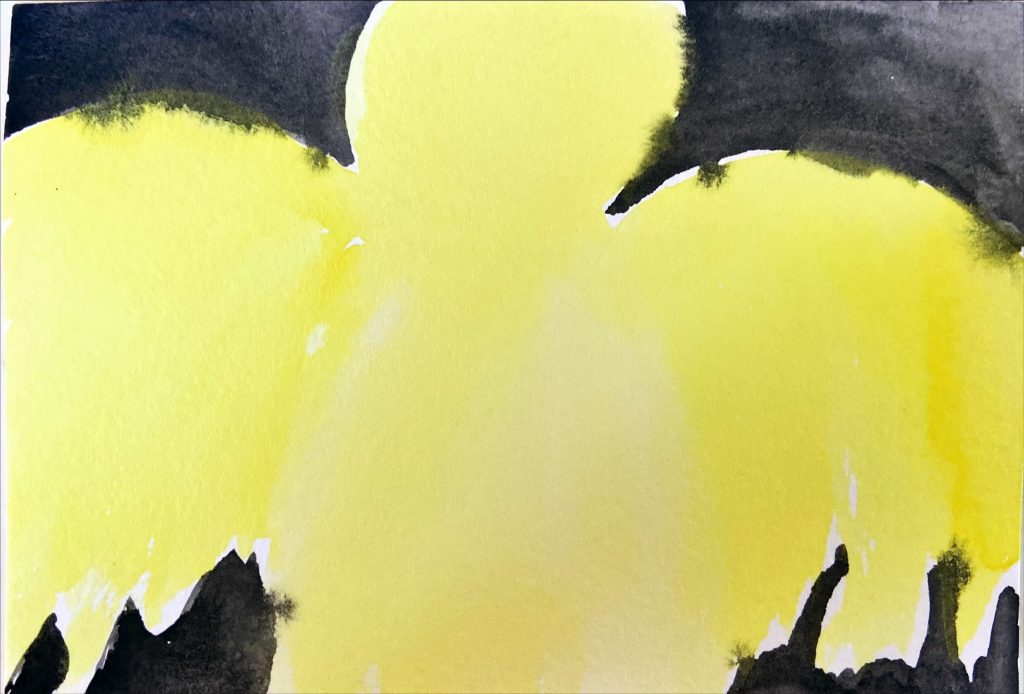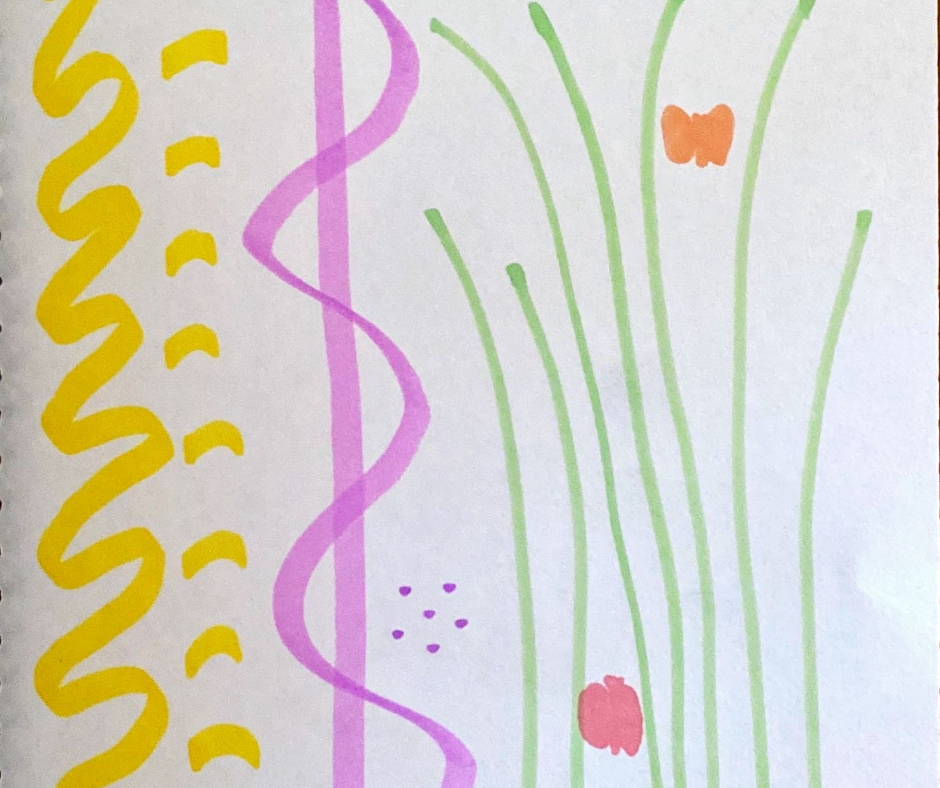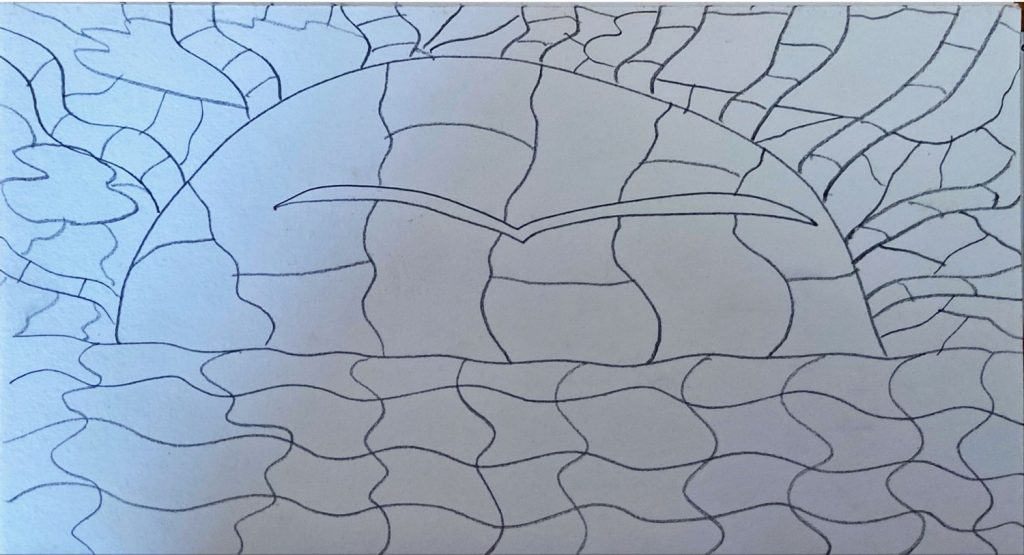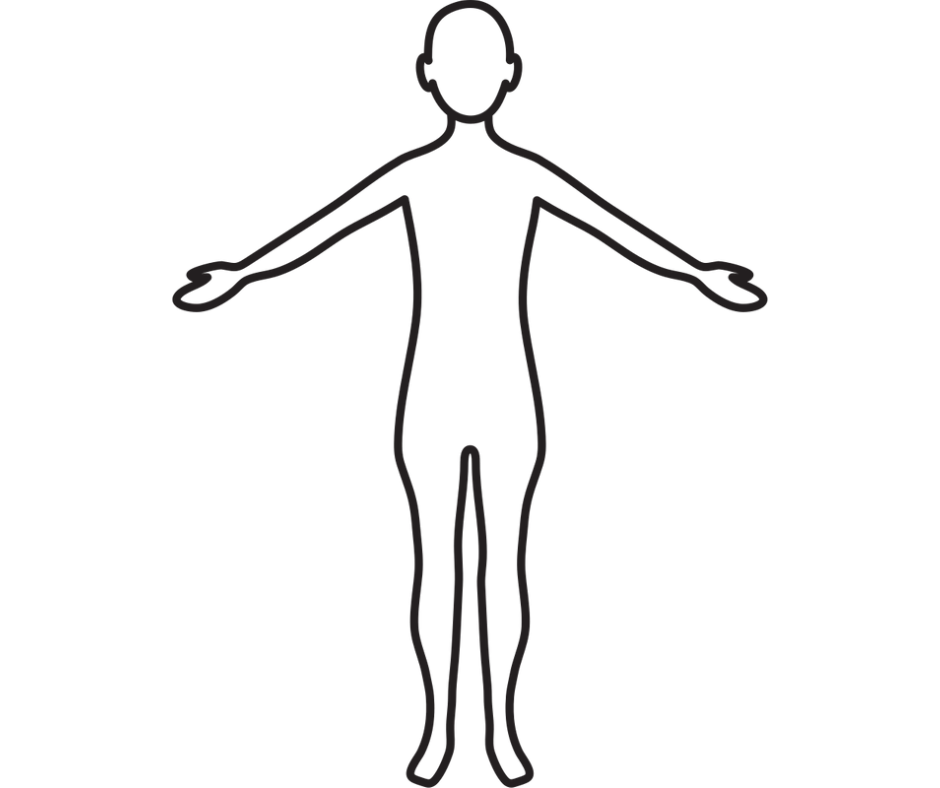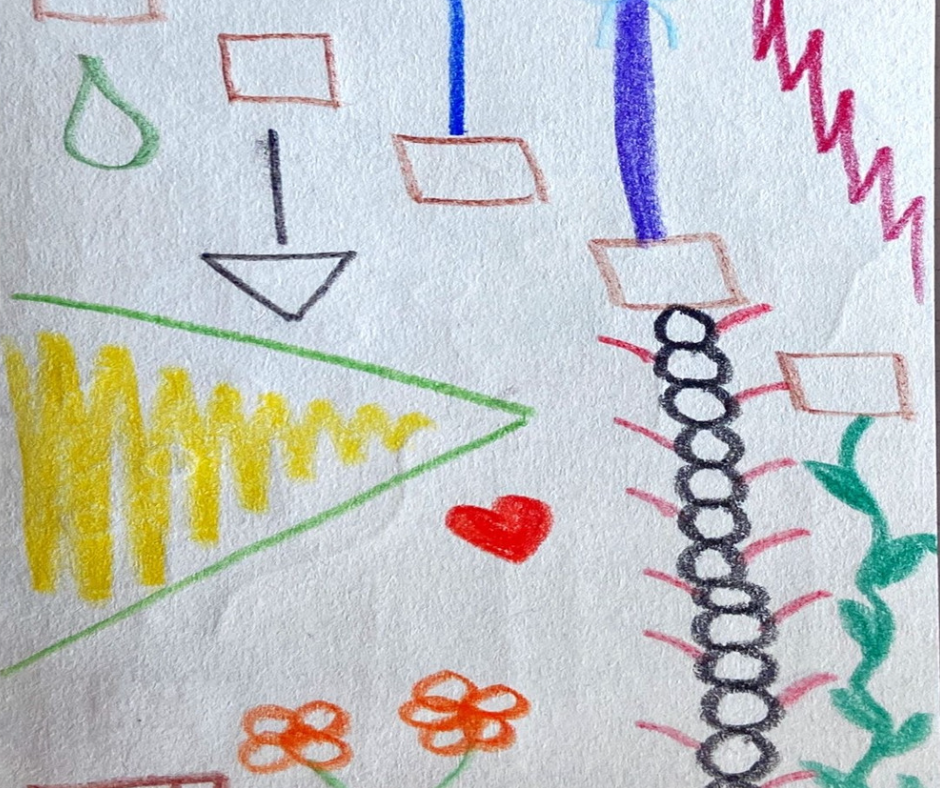
Recently, an inquest opened into the death of an adolescent girl who had killed herself after a long battle with anxiety and depression. This tragedy plays itself out throughout the world every day. In his opening statement, the father of the girl spoke to the court because he felt it was important the court understood that his daughter’s mental health issues stemmed from the breakup of her parents when she was 6. He identified the split as being severely traumatising. This breakup of the girl’s parents had such far-reaching consequences, that its impact was still experienced by her 9 years later.
In this blog I will be discussing the effect one of the common losses of children, separation of parents, has on children and adolescents. I will be referring to children and adolescents as children.
THE BOY SHOPLIFTER
Years ago I worked in a variety store on the checkout. One day a boy of about 12 walked out past my customers. I stopped him and asked to check his backpack.
His reaction to this was extraordinary and upsetting. He sat down on the floor, against the wall, and put his bag down. The look on his face was one of utter desolation. Here was a small child who was really frightened but also who felt extremely alone.
That was really upsetting for me.
The boy had packed his bag full of stolen items.
The police were called and the boy was taken away.
THE HISTORY BEHIND HIS BEHAVIOUR
I learned that his parents had recently separated and his father had a new girlfriend. Since the breakup of his parent’s marriage, the boy had been involved in many acts of vandalism and angry behaviour.
To the other staff, this boy was just some troublemaker who no one should feel sorry for. He was obviously just bad.
To me this boy was a child whose life had been turned upside down by destruction of his secure world and he was acting out his feelings.
THE DIFFICULTY FOR PARENTS IN RELATIONSHIP BREAKDOWNS
For adults in the middle of a relationship breakdown, it is an incredibly painful time. There is often little enough energy for each individual to attend to his or her own needs in this terrible loss. There is rarely any energy available for the children of this relationship.
This doesn’t mean the parents are horrible people. They love their children and care deeply about them. But they are struggling to cope with what has happened.
THE FEAR OF MUM AND DAD BREAKING UP
Attending to the needs of the children in this is hard. From a child’s perspective things are very frightening. Security is the most important need of a child. A child needs to know its parents are there to ensure its survival. If the parents are not there, who will ensure the child’s survival?
Parental separation takes a child’s entire understanding of safety and destroys it. For the child caught up in the breakdown of his parent’s marriage, there is no safety. It is hard for parents in this situation to reassure the child. Sadly the child can become the pawn in the breakdown, as each parent seeks to punish the other through access to the child.
CHANGED CONTACT, EVEN NO CONTACT
Sometimes, the parent who leaves will, for a variety of reasons, reduce or completely cut off contact with the child. This is a terribly hurtful for the child. The child does not understand the adult world. What the child understands is that Mum and Dad are not together anymore and that one parent does not want to have anything to do with him anymore.
The child sees a future that is very uncertain.
THE MANY LOSSES A CHILD EXPERIENCES
Often children will talk about having to move away from their home and perhaps give away family pets which they cannot take with them to their new rental home.
Children will talk about never hearing from one parent and not always understanding why.
THE CONFUSION OF ONE PARENT BEING NEGATIVE ABOUT THE OTHER PARENT
Parents can be reckless in the words used to the child and tell the child negative things about the other parent. This is not fair to the child. That other parent is their parent too. The child loves them and identifies with them. Sometimes, what is being criticised in the other parent is something the child does. So where does that leave the child? Does that mean the parent rejects him as well?
SPLIT CUSTODY CAN BE CONFUSING
The Family Law Courts, in the desire to ensure both parents have equal access to children, can cause damage to children. For a child, the security of the family home is replaced by the insecurity of two non-homes. The child spends part of the week in one house, but it never has everything the child owns there. The other part of the week is spent in another house which also never has everything the child owns in it.
The child wakes in the night and has to ask “which house am I in?” “I need to pee, where is the bathroom?”.
NOT FITTING IN ANYWHERE
For a number of children, one of the houses they live in contains a new partner and possibly children who may live there full time.
Can you imagine how difficult it is to fit into a house like that?
The child is there part time, the rest of the people in the house are there full time. How does the child fit in to that? All the love and the will in the world is not going to compensate for that lack of belonging and hence safety.
FEELINGS CAN BE ACTED OUT OR INTERNALISED
As was seen in my story of the 12 year old shoplifter, many children act out their feelings. But others internalise them.
Adults look at the children and, because they seem to be happy, think they have accepted what has happened. That they have ‘gotten over it’. But this is not true. Children suffer because what has happened to them is too great for a child to process without help.
HOW COUNSELLING CAN HELP
Parents involved in the grief of the end of a relationship are not in a position to help the child. This is where counselling and grief and loss programs are really helpful to assist children in this situation to be able to express feelings in a healthy way before the grief and loss feelings develop into long term problems.
The sad story of the adolescent girl could have been prevented if she had been able to access counselling as a 6 year old.
CAN I HELP?
If you would like to talk to me about how I can help you or your children with your relationship breakdown, please contact me on 0409396608 or nan@plentifullifecounselling.com.au
If you would like to learn more, I write a regular newsletter with interesting information, tips, information on courses, and the occasional freebie. At the moment I have a free mindfulness meditation for anyone who signs up to my newsletter. This meditation offers a way to safely explore your feelings and learn to be okay with them. If you would like to subscribe please click on the link here: http://eepurl.com/g8Jpiz

